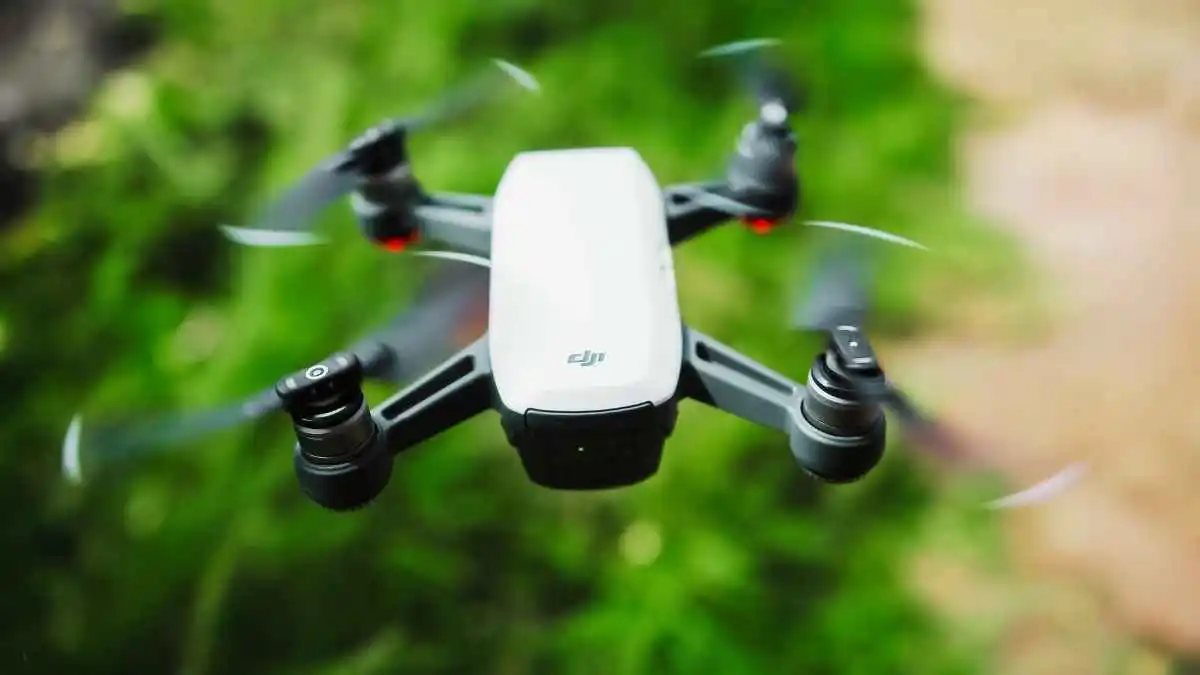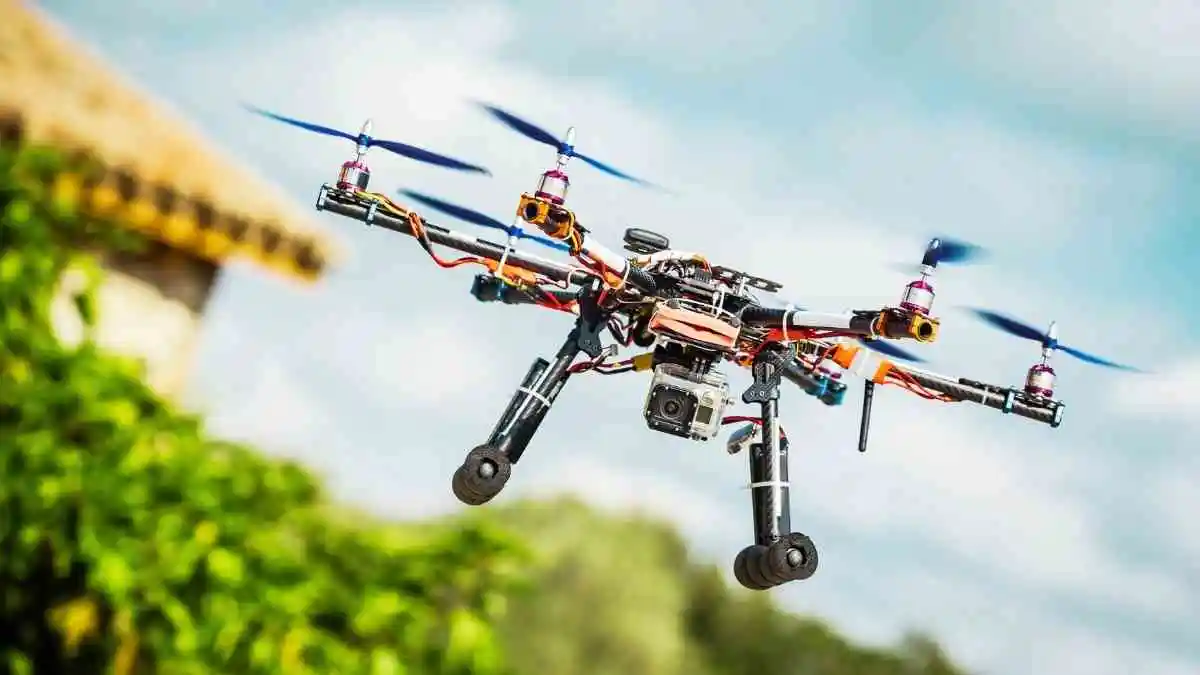is it worth buying a drone for photography? In recent years, drone photography has skyrocketed in popularity. Whether you’re a seasoned photographer looking to expand your creative toolkit or a hobbyist excited by the potential of capturing stunning aerial shots, drones can offer unique perspectives and opportunities.
But is it really worth investing in a drone for photography? Let’s break it down so you can make an informed decision.

Benefits of Owning a Drone for Photography:
A. Unique Perspectives
One of the most significant advantages of using a drone for photography is the ability to capture images and videos from angles and heights that would be impossible with traditional photography equipment. A drone can fly at various altitudes, allowing you to shoot sweeping aerial landscapes, top-down shots, or dynamic compositions that stand out in a crowded photography market.
Imagine capturing vast, open landscapes where every inch of the horizon is visible, or photographing architectural structures from above, showcasing their intricate designs. These shots are visually arresting and can take your photography to new heights—literally.
B. Expanding Your Creative Horizons
Beyond just providing new angles, drones unlock a realm of creative possibilities. You can use them to experiment with movement. A drone allows for smooth, cinematic shots that can create dramatic visual effects, such as tracking subjects from above or following a specific route across a landscape. The combination of movement, altitude, and speed offers endless creative options that go beyond traditional photography.
For example, in landscape photography, drones allow you to create breathtaking panoramic images with a sense of depth and perspective that’s impossible to achieve with a standard camera.
C. Professional Edge and Market Demand
Drone photography has exploded in demand, especially in industries like real estate, tourism, wedding photography, and content creation. Businesses and clients are looking for distinctive shots that provide a fresh view of properties, venues, or events. By adding drone capabilities to your skillset, you can offer a competitive edge to your services and attract higher-paying clients.
For real estate agents, for instance, aerial shots of homes and properties can make listings stand out in a crowded market.
As an added bonus, aerial photography can also help you differentiate yourself from competitors and elevate your portfolio. A unique aerial shot could be the key to getting noticed by potential clients.
2. The Realities of Drone Ownership:
A. Time and Effort Investment
While drones can enhance your photography, they’re not as simple as just pressing a button to take a shot. If you’re serious about getting the best out of a drone, you’ll need to learn not only how to fly it safely but also how to properly capture footage or images. This includes understanding how to adjust camera settings in flight, getting comfortable with flight controls, and mastering the art of drone photography.
Additionally, once the shot is taken, you’ll need to invest time in post-processing your images or videos, especially if you’re working with high-resolution drone footage. The learning curve can be steep, and you’ll need to put in the effort to get the most out of your drone.
B. Costs Beyond the Drone
Drones aren’t cheap, and the costs don’t end with the purchase price. Depending on the drone model, you could be looking at anywhere from a few hundred to several thousand dollars for the drone itself. On top of that, you’ll need extra batteries (as drone batteries have limited flight time), memory cards for storage, and possibly a dedicated drone camera for better shots. Don’t forget about software, storage, and repairs when something inevitably goes wrong.
Additionally, drones are not something you can just “set and forget.” You’ll need to regularly maintain them, including firmware updates, and possibly replacing parts that wear down over time. If your drone crashes or experiences technical failure, the cost of repairs can add up quickly.
C. Legal and Regulatory Considerations
Flying a drone isn’t as simple as taking it outside and pressing the “go” button. In most countries, there are strict regulations regarding where and how drones can be flown. In the U.S., for example, the Federal Aviation Administration (FAA) has set rules that require drone registration, flight restrictions in certain areas (such as near airports), and even limits on altitude. You’ll also need to ensure you are flying in areas that don’t violate privacy laws.
Understanding these regulations, as well as obtaining any necessary permits, is essential for safe and legal drone operation. This can be an added hassle that may deter some photographers from venturing into drone photography.
Recommended: 10 Destinations Resorts Worldwide Scam
3. When a Drone Might Not Be Worth It:
A. Lack of Interest in Aerial Photography
If you’re only interested in traditional, ground-level photography, then a drone might not be the tool for you. A drone is a specific tool for a specific type of shot, and unless you’re committed to incorporating aerial photography into your work, it might not provide enough value to justify the investment.
B. Budget Constraints
While drones come in a variety of price ranges, high-quality drones that can capture professional-level images or videos are expensive. If you’re working with a tight budget or don’t plan on using the drone frequently, it might not be a sound financial investment. In addition, don’t forget about the ongoing costs of maintaining a drone, such as purchasing replacement parts or upgrading software.
C. Not Prepared for the Responsibility
Drone ownership comes with a significant amount of responsibility. In addition to legal considerations and flight training, there’s always the risk of crashes or technical failures. If you’re not ready to take on the time, effort, and potential cost of repairing or replacing a broken drone, it might be best to reconsider.
4. Alternatives to Buying a Drone:
If you’re unsure whether drone photography is for you, there are alternatives that allow you to test the waters without committing to a full purchase.
A. Renting a Drone
Many photography rental services allow you to rent drones on a short-term basis. This is a great option if you want to try drone photography without the upfront investment. Renting gives you the opportunity to experiment with different models and figure out if drone photography is something you want to pursue more seriously.
B. Hiring a Drone Pilot
If you only need a few aerial shots for a project or event, hiring a professional drone pilot might be a more cost-effective option. Many experienced drone operators can provide you with high-quality aerial footage, saving you the hassle of learning how to fly a drone or managing the maintenance and legalities.
Last Call:
- So, is it worth buying a drone for photography? The answer depends on your goals, budget, and commitment to mastering the craft. If you’re looking to expand your creative possibilities, provide unique shots for clients, and are willing to invest time and money into learning and maintaining your drone, then it can definitely be a worthwhile investment.
- However, if you’re not interested in aerial photography, have budget constraints, or aren’t prepared for the ongoing responsibilities of drone ownership, it might not be the right time for you.
- Ultimately, a drone is just another tool in a photographer’s arsenal. It won’t make you a better photographer, but it can certainly give you new ways to capture stunning images and add a professional edge to your work. Make sure you’re ready for the commitment before making the leap into drone photography.
CTA:
What do you think? Have you already taken the plunge into drone photography, or are you still debating? Share your thoughts and experiences in the comments below!


